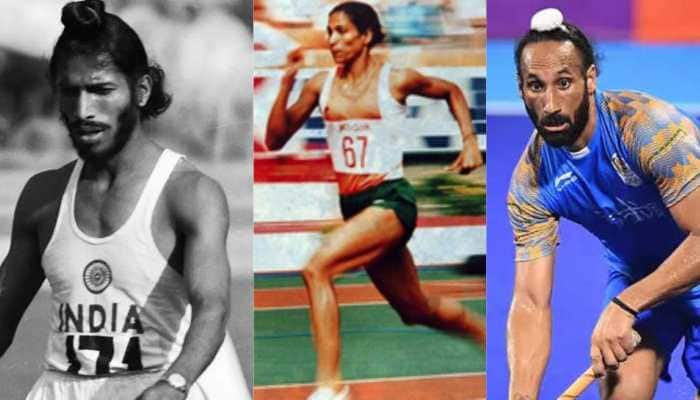A lot remains to be done in improving enrolment ratio for tertiary education
In a country where the average enrolment ratio for primary education is as high as 97 per cent, tertiary enrolment ratio remains dismal.
Trending Photos
Zee Research Group
In a country where the average enrolment ratio for primary education is as high as 97 per cent, tertiary enrolment ratio remains dismal. As of 2012, in India, the enrolment ratio for tertiary (higher) education stood at 17.9 per cent which is one of the lowest in the world.
However, the global average enrolment ratio for tertiary education stood at 25.2 per cent. While in Hong Kong, this ratio stood at 60 per cent, in case of China and Indonesia this ratio stood at 27 per cent and 25 per cent respectively.
While the school drop-out ratios have improved from 40 per cent in 1999 to 28 per cent in 2010, no corresponding improvement in tertiary enrolment has been witnessed. The rate of tertiary enrolment has been slow, from 0.7 per cent in 1951 to 17.9 per cent in 2011-12. Almost all children are enrolled for primary education but this proportion falls to 66 per cent by the time children go to secondary school and falls further to 31 per cent for higher secondary school.
Concurring with the above facts, Jayant Chaudhary, the current MP from Mathura constituency in Uttar Pradesh said, “In India, enrolment ratio for higher education stood at 15 per cent when compared to the global average of 26 per cent.”
Reasoning out the low enrolment ratio in tertiary education versus the high enrolment ratio in the primary education, Yagnesh Sanghrajka, CFO at MT Educare said, “I feel that primary education in India is too a large extent free and hence the enrolment ratio in the primary education is high. The moment you go to the critical juncture of your career formation stage, the cost of education becomes expensive and unaffordable.”
It appears that secondary and higher education have not been key priorities for the central government. However, the government has planned to enhance gross enrolment ratio (GER) in higher education to 30 per cent by 2020 from the current level of around 18 per cent.
While it is difficult to trace the path of how tertiary enrolment ratios will actually dramatically improve, an Espirito Santo (investment bank) report revealed that the tertiary enrolment has improved by 0.7 per cent every year on an average from 2004-12 compared with the 0.2 per cent experienced in the first four decades post-Independence. Moreover, to achieve the government’s target of 25.2 per cent by 2017 and 30 per cent by 2020, enrolment would have to improve to 1.5 per cent every year from now.
Offering solutions to improve the tertiary enrolment ratios in the country, Sanghrajka opined, “Government can sponsor more education at higher levels. For instance, we provide free education to backward class as a part of CSR activities.”
“Lot of work has been done in the villages and remote areas. However, the need of the hour is that it has to be done at all levels to make the whole education system more robust,” he added.
Advertisement
Live Tv
Advertisement







)
)
)
)
)
)
)
)
)
)
